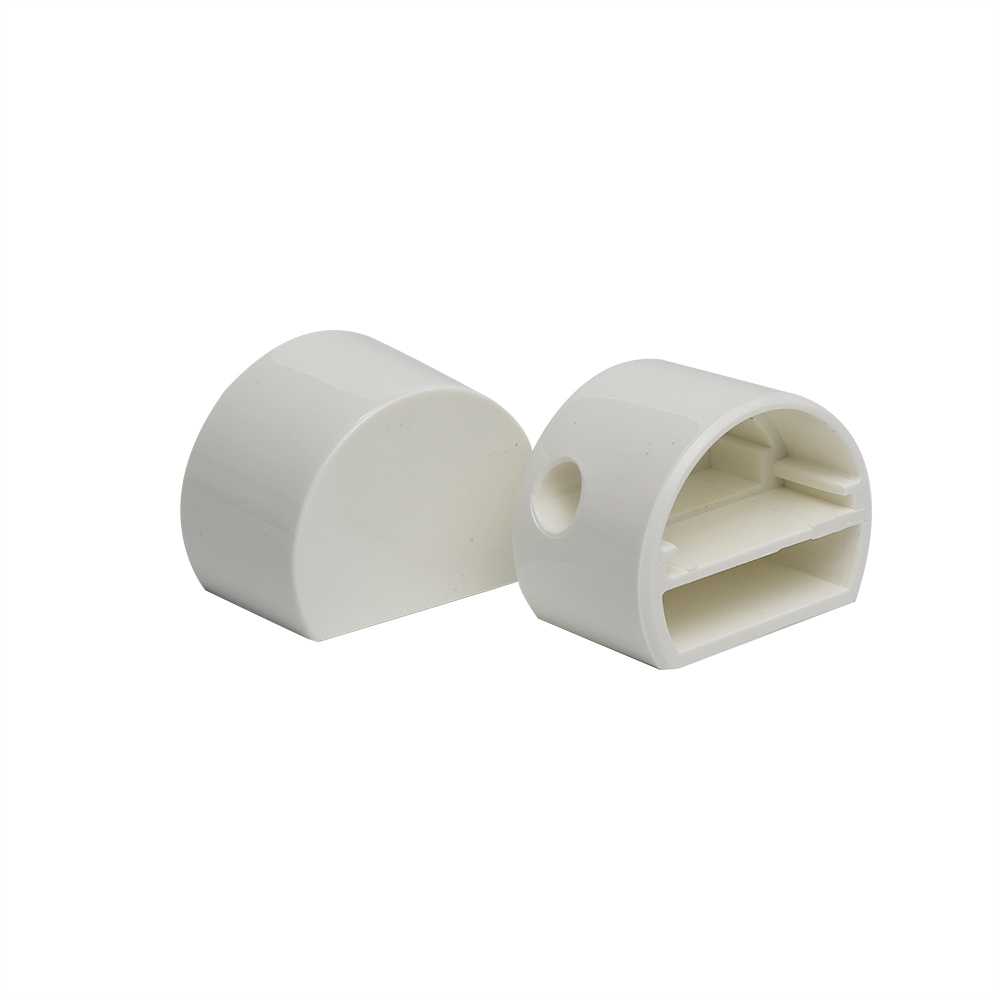Top 5 Common Defects in Plastic Injection Molded Products & Their Causes (Optimized for Medical Industry
Plastic injection molding companies are vital in the production of high-quality, high-strength, and durable components across industries—especially in the medical sector. From prototyping to high-volume production, plastic injection molding medical parts allows for rapid development and cost-effective manufacturing of intricate components. When applied correctly, this process ensures tight tolerances and the structural integrity required for medical device precision machining.
However, when injection molding medical parts are handled by inexperienced tooling engineers or technicians, it can result in defects that reduce product quality, increase production costs, or compromise patient safety. Here are the five most common plastic injection molding defects and how to avoid them—with specific attention to their impact on medical device production.
So, what are these defects that occur during the injection molding process? Let’s take a look at the five most common ones.

1. Burn Marks
Description: Burn marks appear as black or rust-colored discolorations or blotches on molded parts. In medical applications, even minor visual defects can lead to product rejection due to strict aesthetic and hygienic standards.
Main Cause: Trapped air and gases in the mold cavity become compressed and overheat, burning the surrounding plastic.
Contributing Causes:
- Molding at excessively high temperatures
- Using undried or moist resin
- Injecting plastic too quickly for the mold’s venting design
Solution: Design effective mold venting in areas likely to trap gases. Optimize processing parameters to ensure compatibility with the resin’s specifications.
2. Flow Lines
Description: Flow lines appear as streaks, rings, or wavy patterns on the surface of a molded part. These are especially unacceptable in medical injection molding applications, where uniform appearance and smooth surfaces are critical.
Main Cause: Changes in the speed or pressure of molten plastic during cavity fill.
Contributing Causes:
- Poorly located or designed gates
- Incorrect resin or mold temperatures
- Improper cavity fill speed
Solution: Use proper gate placement and mold design optimized through simulation software. Maintain stable process conditions and material specifications.
3. Warping
Description: Warping is the bending or twisting of a molded part after cooling. In medical device precision machining, warped components may not fit correctly with mating parts, leading to malfunction or safety hazards.
Main Causes:
- Non-uniform cooling rates
- Non-uniform shrinkage across part geometry
Contributing Causes:
- Inconsistent wall thicknesses in design
- Resins with anisotropic shrink properties
Solution: Ensure uniform wall thicknesses and use materials suited for consistent shrink behavior. Use cooling channels in the mold for uniform heat dissipation.
4. Sink Marks
Description: Sink marks are small depressions or dimples on a part’s surface, often visible under specific lighting. In medical components, such imperfections can interfere with sealing or sterilization.
Main Cause: Thick areas of plastic at intersecting walls shrink more than surrounding areas.
Contributing Causes:
- Improper design at wall intersections
- High molding temperatures
- Inadequate pressure or rapid cooling
Solution: Maintain wall intersections at no more than 66% of the nominal wall thickness. Control molding conditions and pressure to reduce internal shrinkage.
5. Weld Lines
Description: Also known as knit lines, these appear where two flow fronts meet but fail to fully bond. In injection molding medical parts, weld lines can create weak spots that jeopardize the structural reliability of components.
Main Causes:
- Low melt or mold temperature
- Suboptimal gate placement
Contributing Causes:
- Slow injection speed
- Complex part geometries with multiple flow fronts
Solution: Use predictive mold flow analysis to design optimal gate locations and anticipate weld lines. Adjust processing parameters for better material fusion.
Conclusion
For industries such as healthcare and biotech, avoiding these common plastic injection molding defects is critical. Not only do visual and structural defects affect functionality, but they can also compromise patient safety and regulatory compliance. When designing or producing plastic injection molding medical parts, it’s essential to partner with an experienced provider capable of both precision tooling and quality control.
At the intersection of injection molding medical parts and medical device precision machining lies a demand for excellence. Ensure your production partner understands the nuances of both materials and medical standards. Want to discuss your project? Fill out the contact form on the lower right to speak with a specialist in medical-grade plastic molding solutions.

